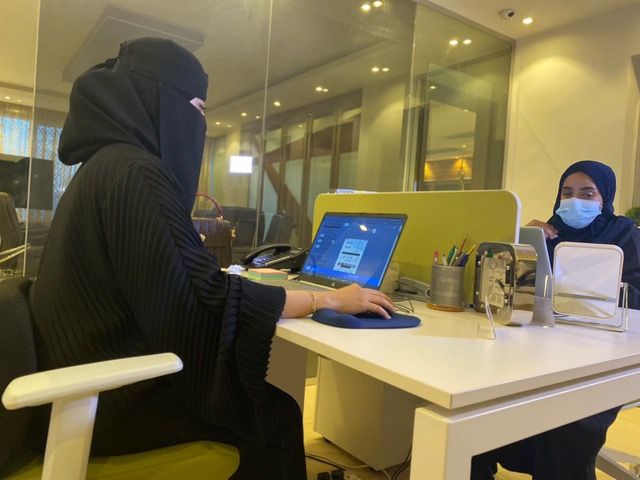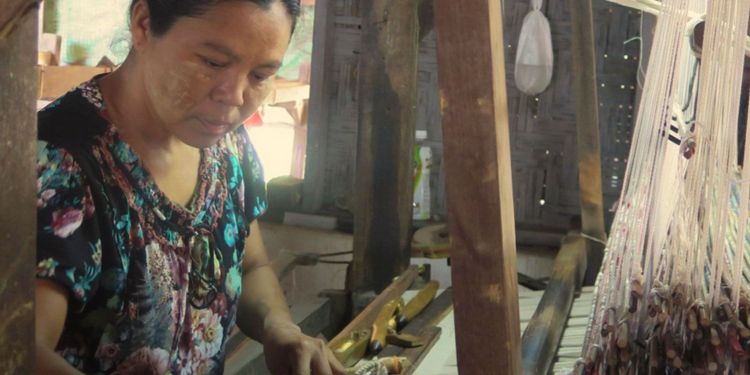Harnessing The Potential Of Women And Youth In A Post-Pandemic World


As we move toward a post-pandemic world, global focus has shifted to what the ‘new normal’ will be like. Organizations are reshaping their working culture, precautionary health measures are set to become a part of our daily lives, and technology continues to provide an essence of normalcy as we adjust. During this time, governments across the world are launching their economic recovery plans; however, it has become increasingly apparent that economic security is unequal– with women and the youth carrying the burden.
Across every sphere, the economic fallout is predicted to impact 1.5 billion workers worldwide, with the potential to wipe out over 195 million jobs, as reported by the International Labor Organization (ILO). This, in turn, is set to negatively affect certain groups more than others, specifically, people in less protected and low-paid jobs such as women and people under 25.
Calls for social distancing and quarantine, although essential, have directly impacted industries reliant on customer-provider interactions, such as restaurants, hotels, retail, or transportation. According to the Institute for Fiscal Studies, a UK-based think tank, women are one-third more likely to work in sectors that have been forced to close than their male counterparts, while workers under 25 are about two and a half times more likely to work in one of those sectors . The overrepresentation of both women and youth in these sectors has and will heighten their vulnerabilities during the crisis.
As these industries begin to close or dramatically reduce their workforce, women and youth are at risk of being left behind. For young people, COVID-19 has impacted their education, economic opportunities, access to resources, health, and overall wellbeing. During the upcoming recovery period, they are at risk of being forced to agree to precarious job conditions that provide them with inadequate social protection. This is further intensified for young women who are from minority or low-earning backgrounds.
Women have been hit particularly hard by the pandemic, and this has exacerbated existing inequalities. There have been widespread reports of increased incidents of domestic violence, while women also make up a significant proportion of frontline workers at risk of contracting the disease, as well as undertaking childcare responsibilities and informal care work at home. Some organizations, to mitigate their own economic difficulties, have asked female employees to take parental leave or have furloughed them, without asking the same of their male employees.
With the existing pay gap and savings imbalances, this could result in long-lasting economic impacts and financial instability for women in the workforce. The pandemic has shed a light on and deepened pre-existing inequalities; it has exposed the challenges in the social and economic systems that are meant to cater and protect those in need.

















